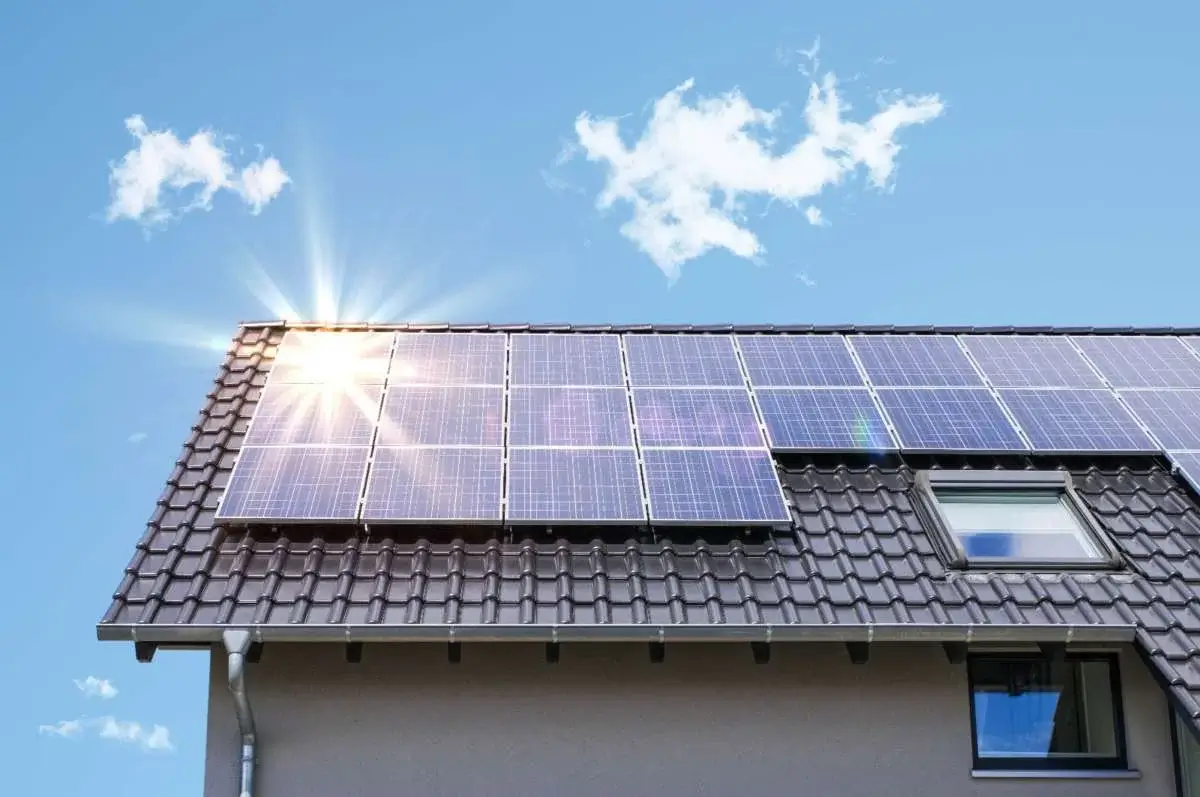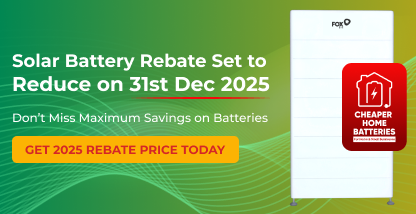ENTER YOUR POSTCODE TO UNLOCK SPECIAL

Installing a solar system has become increasingly affordable in the past years with lowers prices and the initiation of government rebates. This incentive has made them a viable option for homes and businesses around Australia. The size of your home and its energy usage will help determine what size solar system you will require. To make it easier, we have explored some of the important factors to consider when deciding upon the right solar system to suit you and your energy needs.
The best way to conclude this is to rustle up those old electricity bills. Most electricity bills will have a ‘daily average usage’ which helps to determine what size system you should install to support your home. If there isn’t an average daily usage, simply divide your monthly electricity bill by thirty, or annual electricity bill by 365.
This process is made even easier if your home has a smart meter installed. A smart meter records your electricity so, you are able see your usage daily, either on the bill or by checking your account online. Remember your power consumption is measured and billed in kilowatt-hours (kWh).
The average home uses about 15- 20 kWh of energy a day. Therefore, a 5kWh solar system would support the power needs of such a home. This is the average – a single person home may use less than 10 kWh of energy per day whilst a family of four may use upwards of 30 kWh. Checking your power bill or smart meter is the best way to gauge what system your home will require.
If you’ve already done the maths of how much energy your home is using per day, your next step is to work out what size solar panels you will need and how many to support the energy use of your home.
Solar panel systems are rated in watts (W) or kilowatts (kW) with the price of systems going up in accordance with the rating of (kW). You will see systems described as 3kW, 5kW, 7kW, and upwards. Each kW of solar you install will produce around 4 kWh of energy per day. To determine the size of the system you require, divide your daily consumption by this amount.
EXAMPLE: Daily average use of 13kWh / (divided by) 3.25kWh = 3 (5kW system would be sufficient)
This is a simple guide to work out what type of panel you should choose and how many. Call one of our professional staff to discuss your options in regard to solar panel installation and efficiency, so the right option for you is found.
Once you’ve decided on the rating that your home requires to support its self from solar energy, you can work out how many solar panels you will need. This is done by dividing the total kW required for your home by the output of each panel.
Remember that not all solar panels are the same and differ in physical size as well as output. In the case of solar panels with an output range of 330 W – 370 W (which are quite common), you would need 10 panels for a 3.3 kW system.
EXAMPLE: 330 W x 10 = 3300W /1000 = 3.3 kW
Keep in mind that your location and the season within the year may influence how much energy your solar panel system generates. Locations with more sunlight hours generate more energy. For example, solar panels in summer will generate more power as a result of being exposed to more direct sunlight, as opposed to winter where sunlight hours are less. Another consideration may be what time of year you use more power, for example on appliances like air conditioning in summer, or from heating in winter. The actual location of your home impacts the solar energy you can generate i.e. solar panels installed in Melbourne may only generate 2kW per day, whereas panels in Darwin may produce up to 5kW per day.
If you have a freestanding home, more often than not, there is enough space to support the number of solar panels you would require. However there are a few factors to consider when determining the most appropriate placement of your solar system for your actual home. Homes that are heavily shaded or those with unusual pitch can pose an obstacle. Our staff at Captain Green are trained to find the perfect space and perfect angling to have your solar panels installed so that you get the maximum benefit out of your panels.
It is usually best to have your panels facing north in order to maximise the amount of sunlight that hit them directly. Do not fret if this is not possible, as our installers will conclude which way your panels need to face in order to get maximum results. Indeed, south-facing panels still produce around 80% of those which are north facing. Your Captain Green installer will be able to help you depending on your energy requirements throughout the course of the day. For example, if you tend to use more energy in the morning and at night time as more people are home, then a combination of east and west-facing panels might be more appropriate.
When deciding on what size solar panels your home will require, the best idea is to call us, and we can walk through the process with you step by step. We are here to provide personalised support based on your needs and current housing situation. All we need is a power bill to determine your energy usage, and then we can determine what you will require. Our industry knowledge and professionalism are second to none, and we aim to find the right solution for you.

Captain Green Solar is one of the Top Solar Companies in Australia. Established in 2010, we are the Trusted Name in Solar for over 14 Years!

Captain Green Solar is one of the Top Solar Companies in Australia. Established in 2010, we are the Trusted Name in Solar for over 14 Years!


Solar Battery Rebate Set to Reduce on 31st Dec 2025
Don’t Miss Maximum Savings on Batteries
Time left until rebate reduces
